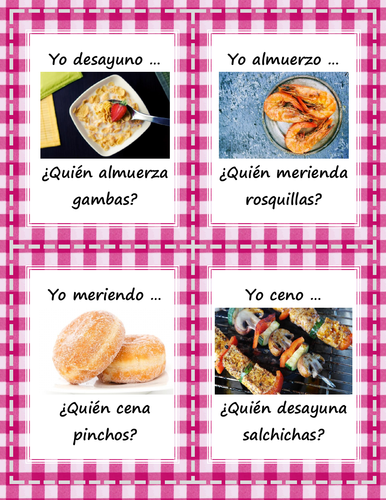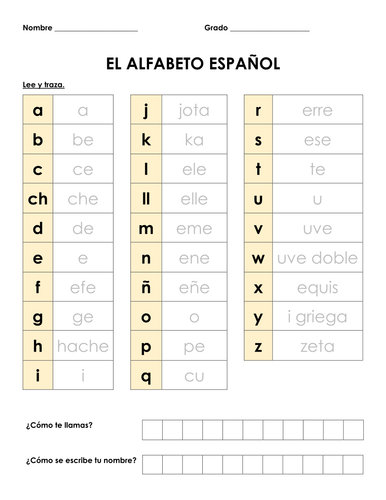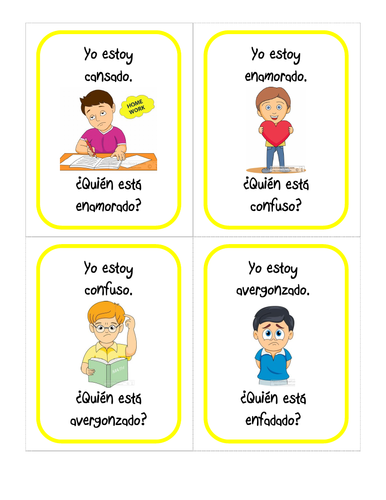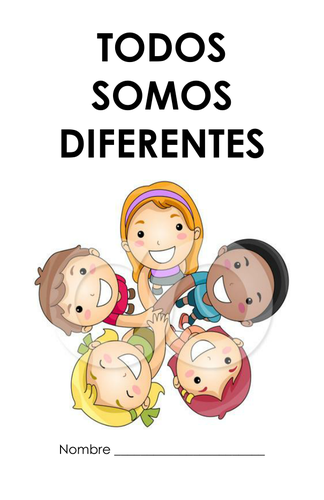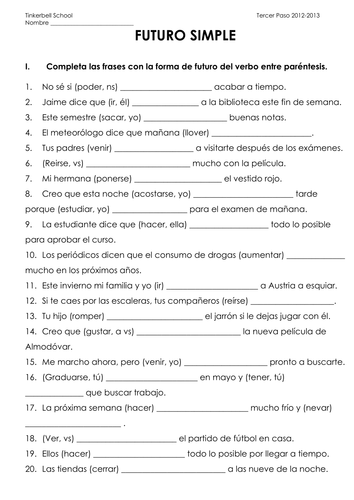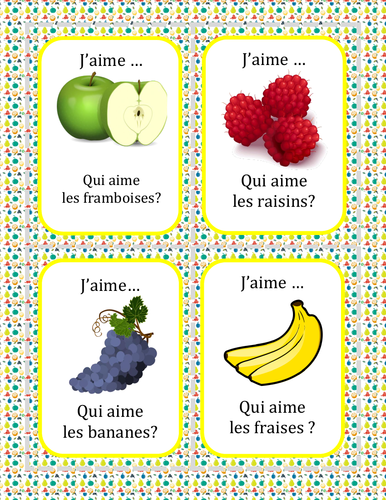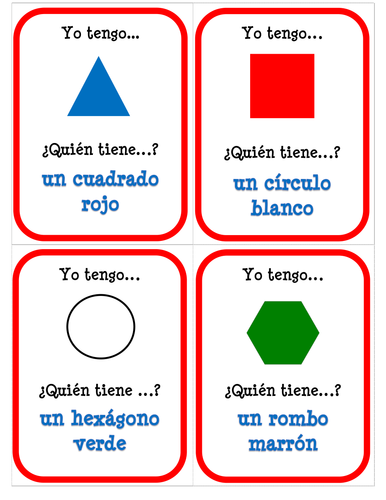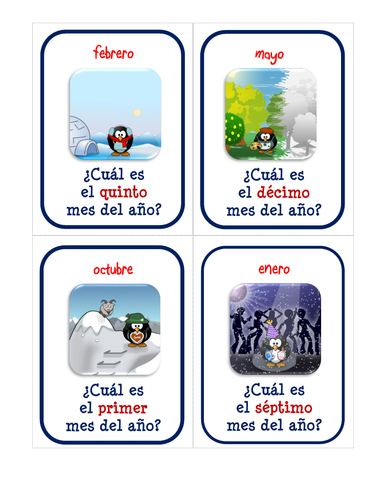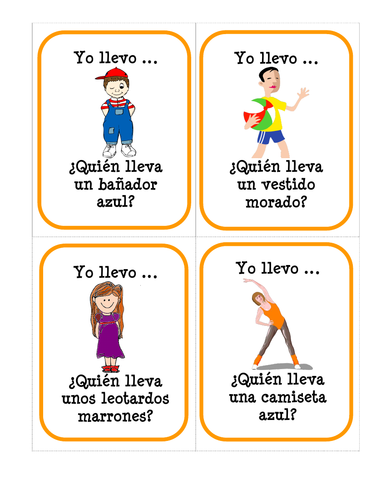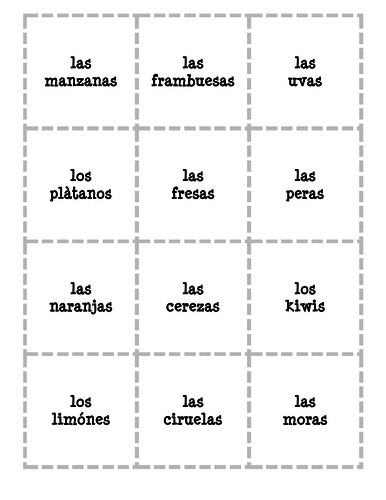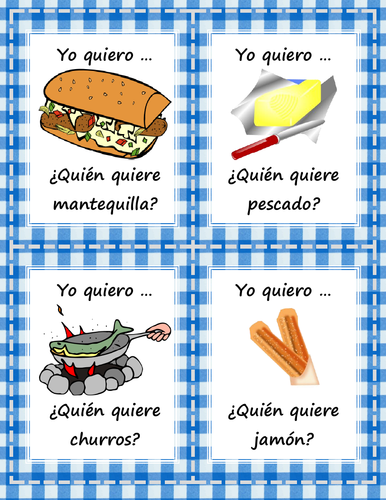Señorita Delia's Shop
Hello! My name is Delia and I´ve been teaching English and Spanish as foreign languages for more than 15 years now. At present, I teach Spanish in the PYP. The resources I sell in my shop are mainly card games. I use them to spice up my lessons and have the kids talk in the target language as much as possible. I hope you find them useful and enjoyable!




